As you would guess, the best places to see the stars are away from the light pollution caused by cities, on clear, dry nights. Australia is vast and sparsely populated, so you’ll find plenty of perfect spots to view the night sky.
So whether you’re looking for a secluded national park, a guided tour, camping spot or somewhere closer to home, read through our list of the best places for stargazing in Australia for a magical experience. Just don’t forget to pack your binoculars!
Best Stargazing Spots in New South Wales:
Broken Hill
Over 1000-kilometres from Sydney and about 500-kilometres from Adelaide you will find the tranquil town of Broken Hill, one of the best places for stargazing in Australia. And, thanks to its secluded location, when the sun goes down the starry nights are absolutely breathtaking because it’s so far away from the lights of major cities. One of the best ways to see the stars is with a guided tour of the night sky, such as those put on by Outback Astronomy. Recline on the camping lounge with a hot chocolate and let your guide sweep you away to a galaxy far, far away.
Parkes Radio Telescope
The Parkes Radio Telescope, known affectionately as The Dish, is one of the largest single-dish telescopes in the southern hemisphere and an icon in Australian science. In 1969 The Dish was a prime receiving station for the Apollo 11 mission to the Moon, and it’s actually even more sensitive today than it was back then. The Parkes Radio Telescope is open to visitors if you want to check out this special piece of space history and, of course, to stargaze!
Sydney Observatory
The Sydney Observatory is a great starting point for amateur astronomers. The observatory is home to the oldest working telescope in Australia, which was built for the 1874 transit of Venus. Visitors can participate in night and day tours, and you can even learn about early Indigenous astronomy. The museum also has a monthly sky guide so you can keep track of exciting celestial events you might want to see.
Warrumbungle National Park
Are you ready to go stargazing in the first Dark Sky Park in the southern hemisphere? Joining the likes of Death Valley in the United States and Ballycroy National Park in Ireland, Warrumbungle National Park near Coonabarabran in New South Wales features some of the best conditions in Australia for stargazing because they have banned light pollution entirely. Thanks to these dark conditions Warrumbungle National Park is one of the best places in the world to view the stars, so pack up your camping gear and head on an astro-adventure. One of Australia’s top dark sky destinations!
Best Stargazing Spots in Tasmania:
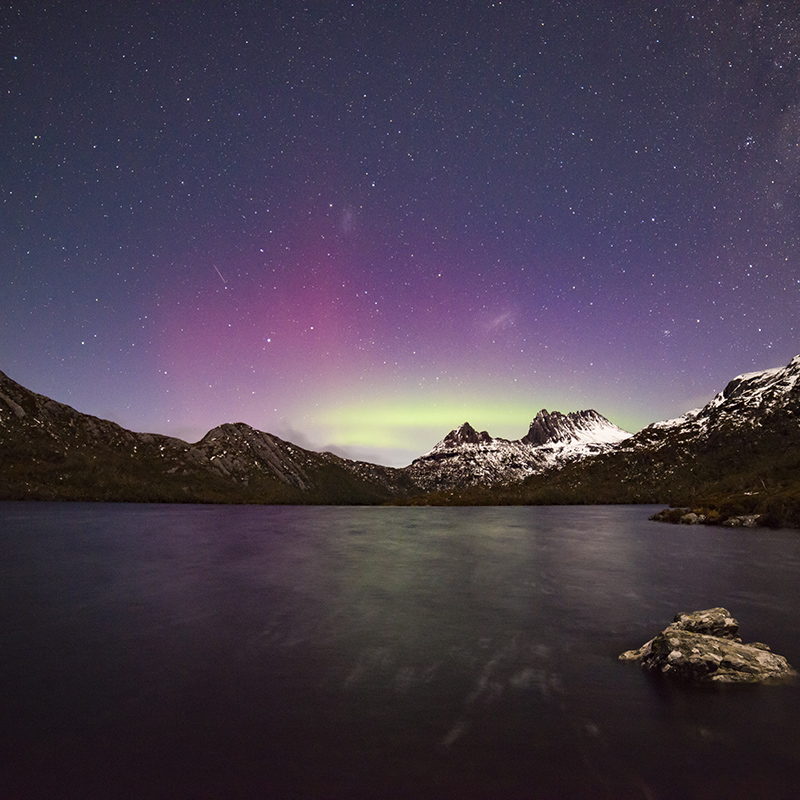
Photographed by Pierre Destribats. Image via Tourism Tasmania.
Cradle Mountain
Cradle Mountain in Lake St Clair National Park is a wonderful spot for stargazing or trying to catch a glimpse of the Aurora Australis. Although the southern lights are most commonly seen in winter, depending on the conditions, you might be able to see them at any point during the year. The clean air and seclusion from artificial light makes this beautiful national park one of the best places to stargaze in Australia. So head to the still waters of Cradle Lake or the majestic Dove Lake and settle in for the show.
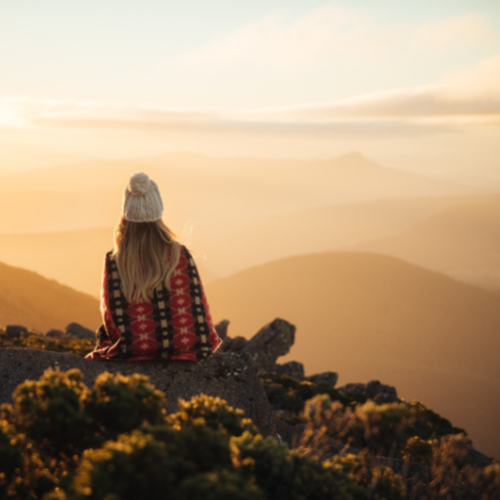
Photographed by Emilie Ristevski. Image via Tourism Tasmania.
Mount Wellington
A 30-minute drive west of Hobart, Mount Wellington or also known as Kunanyi, is one of the best aurora viewpoints close to the city. Mount Wellington peaks at 1200-metres, so you’ll be well above most light pollution on a dark night. Try taking your camera up the mountain, pointing it south and setting up a long shutter speed. You’ll definitely need a tripod or a flat surface for this one, but with a little luck and the right conditions, you’ll be able to catch the southern lights. As a bonus, sunrise at Mount Wellington is also an unforgettable view – you might want to stay around to catch it.
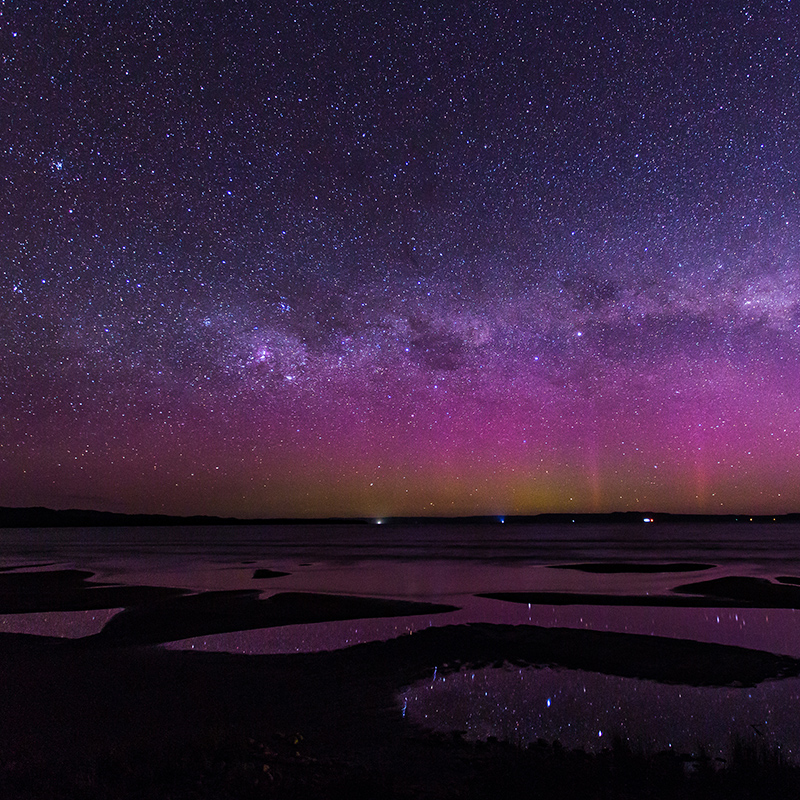
Photographed by Dietmar Kahles. Image via Tourism Tasmania.
Strahan
You’ve probably heard of the northern lights, but what about the southern lights? The beach at Strahan offers a perfect chance to stargaze or hunt for the elusive Aurora Australis – a solar wind drawn towards the Southern Pole where the disturbances of the magnetosphere make bursts of light – an unforgettable green and pink glow in the sky. It takes very specific conditions to see the Aurora, and even then you’re more likely to pick it up with a camera than with the naked eye. But, the limited ambient light paired with some of the cleanest air in the world makes Tasmania one of the best places in Australia to hunt for the Aurora Australis, and a perfect spot to gaze up at a brilliant night sky.
Best Stargazing Spots in Victoria:
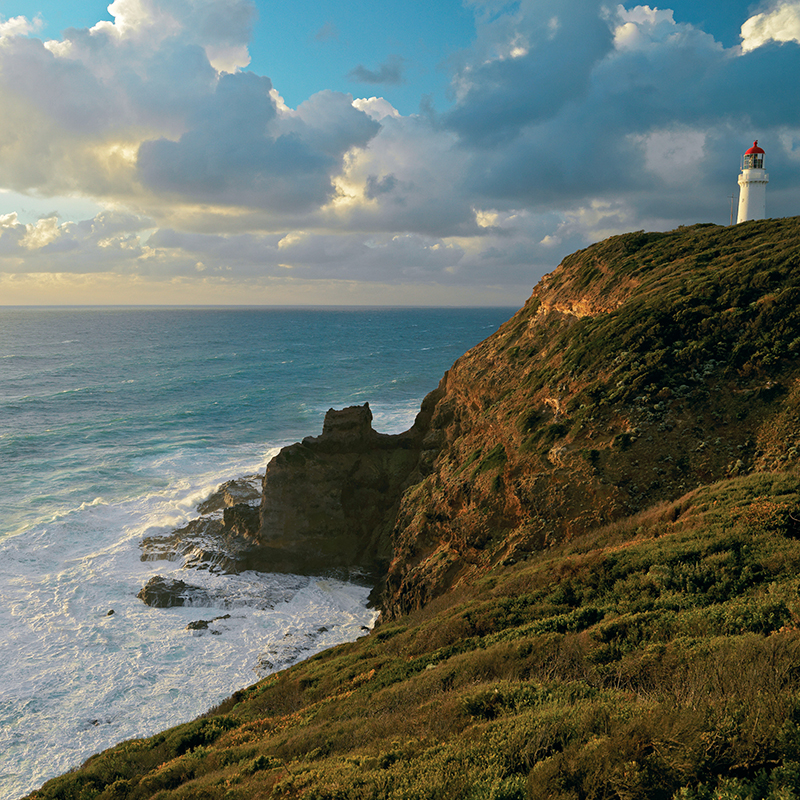
Image via Visit Victoria.
Cape Schanck Lighthouse Reserve
At the southernmost tip of the Mornington Peninsula you’ll find the Cape Schanck Lighthouse Reserve – a great spot for viewing the stars. All you have to do is walk towards Pulpit Rock from the carpark and find a spot sheltered from the lighthouse beam, then just look south and be amazed. Not only will you be treated to one of the best stargazing spots in Victoria, but certain months of the year you might be able to also catch a glimpse of the Aurora Australis, the southern lights.
Leon Mow Dark Sky Site
At this Dark Sky Site just outside of Melbourne, the Milky Way is so bright that it can cast a shadow. The Leon Mow Dark Sky Site belongs to the Astronomical Society of Victoria and is open to the public twice a year in March and December. There are plenty of stars to see with the naked eye, and members take their telescopes and other viewing equipment to explore the depths of the galaxy.
Melbourne Observatory
Did you know the closest star to Earth is actually our sun? You can get up close and personal with the sun at the Melbourne Observatory’s Solar Tour. The observatory is a historic stargazing site right in the heart of the Royal Botanic Gardens in Melbourne. This spot was originally the home for weather forecasting, time setting and measures standards for the surveying of Victoria, but the observatory is more than just historically significant. You can also check out the observatory’s Night Tour, where the experienced staff will teach you about the history of astronomy and share tales of the constellations.
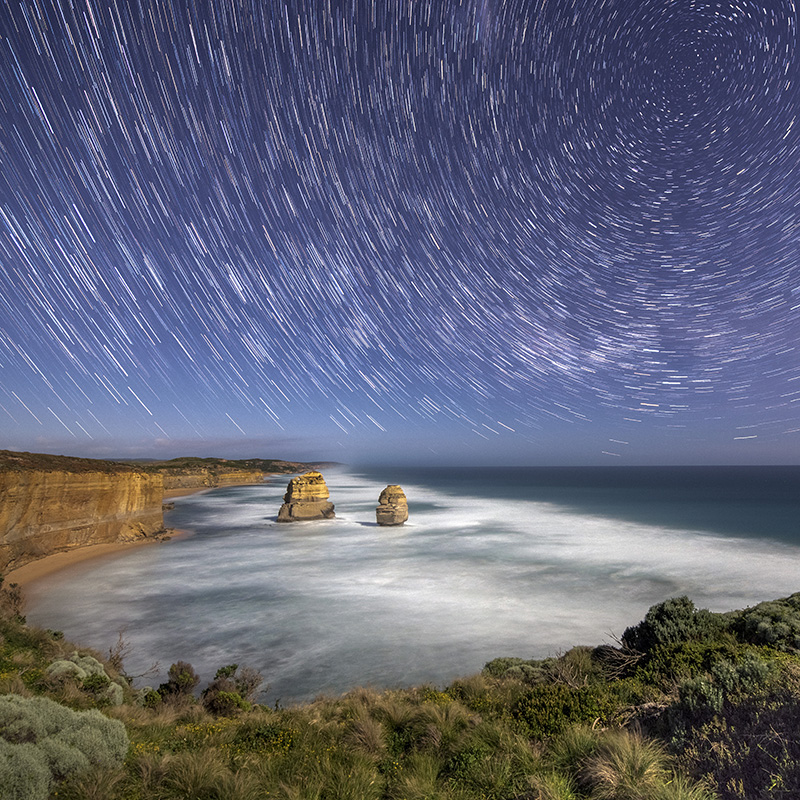
Photographed by Mark Watson. Image via Visit Victoria.
Twelve Apostles
Melbourne locals are likely already familiar with the scenic Great Ocean Road, but did you know it’s also a popular spot for stargazing? This stunning location has plenty to see during the day, but, thankfully, it also has very little light pollution at night. So if you’re looking for a road trip with a difference, why not head out to the Twelve Apostles on a clear night for some stargazing? This is a great one for astrophotographers, who can try and capture the rock formations jutting out of the sea with a carpet of stars spread out above. Sound bewitching? Just go and check it out for yourself!
Best Stargazing Spots in South Australia:
Arkaroola Wilderness Sanctuary
This ecotourism hot spot among the gorgeous Flinders Ranges is another remote location just as stunning by night as it is by day. The Arkaroola Wilderness Sanctuary is around 670-kilometres north of Adelaide. The scenic backdrop of rugged mountains, towering granite peaks and refreshing water holes is ideal for a weekend getaway. When the sun goes down it’s time to break out the camp chairs and lean back, because you’ll be treated to some of the best starry views in Australia.
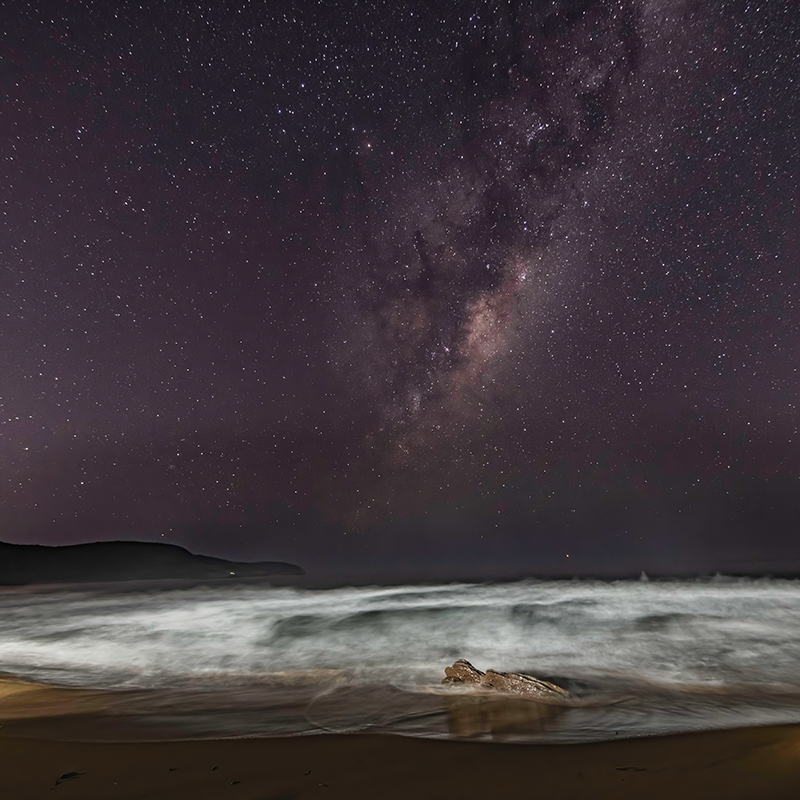
Photographed by Merrillie Redden. Image via Shutterstock.
Innes National Park
On the tip of the Yorke Peninsula you’ll find Innes National Park, one of South Australia’s most popular coastal destinations. There are around eight lovely campgrounds in the national park and the nights are wonderfully dark, perfect for stargazing. This is a great spot to set up camp under the Milky Way and relax while exploring the night sky. If you’re heading out to Yorke Peninsula, you can also spend your days exploring over 700-kilometres of beautiful South Australian beaches.
River Murray International Dark Sky Reserve
An easy 90-minutes from Adelaide, South Australians will find the River Murray International Dark Sky Reserve. This dark sky reserve was established with the help of the Astronomical Society of South Australia and covers more than 2000-square-kilometres along the banks of the Murray, the principal river in Australia. Dark sky reserves are some of the best places to go stargazing, because of the ideal conditions away from light disturbance. As a bonus, this is a gorgeous area during the day time as well.
Wirrina Cove
Join some of Australia’s most experienced astro-tour guides for a stargazing tour at Wirrina Cove. The professionals at Backyard Universe will take you on a tour of the constellations with a laser pointer, telescopes and a host of wonderful stories. Backyard Universe also offers night sky interpretations from non-Western cultures and from southern hemisphere Indigenous cultures. This beautiful spot is just 90-minutes drive from the centre of Adelaide and is sure to be a night to remember.
Best Stargazing Spots in Western Australia:
Perth Observatory
For some historic stargazing just 35-kilometres east of the capital, head to Perth Observatory, Western Australia’s oldest observatory. Check out one of their night tours and catch a glimpse of globular clusters, star clusters, nebulae and galaxies through the observatory’s historic and modern telescopes. Depending on conditions, you might even see a satellite or meteor flash across the sky unexpectedly. This is a great place to learn more about the night sky, astronomy and space history.
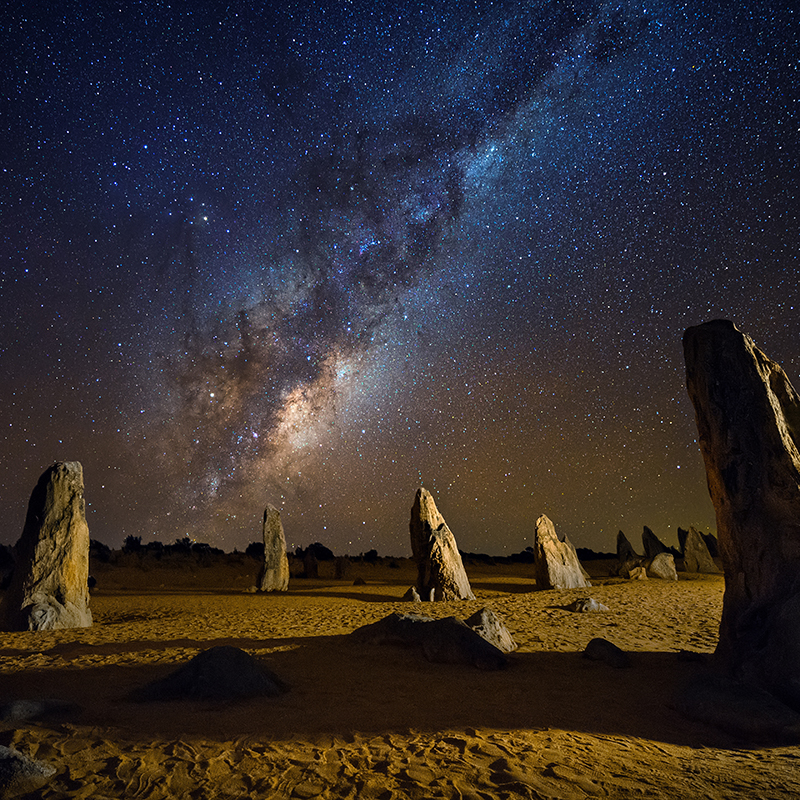
Photographed by sammax chong. Image via Shutterstock.
The Pinnacles
The Pinnacles Desert in the Nambung National Park is an iconic destination for daytime visitors, but did you know the whole sky lights up at night here too? This is a great spot for astrophotographers, who can capture the starry night sky against the stark contrast of the yellow sands and thousands of limestone pillars. There is very little light pollution at the Pinnacles Desert but sensitive cameras will still pick up the glow of Perth to the south. So pack the car and head out on a moonless night for a starry adventure.
Roebuck Bay
A list of the best stargazing in Australia would be remiss without a mention of Broome’s Staircase to the Moon. The staircase is a natural phenomenon which appears when the full moon rises over the tidal flats at Roebuck Bay, appearing each month from March to October. Making for a truly spectacular sight, while you’re here admiring out the moon, you’ll also notice the beauty of the stars as well. For a guided stargazing experience the nearby Broome Astro Tours is the best place to check out.
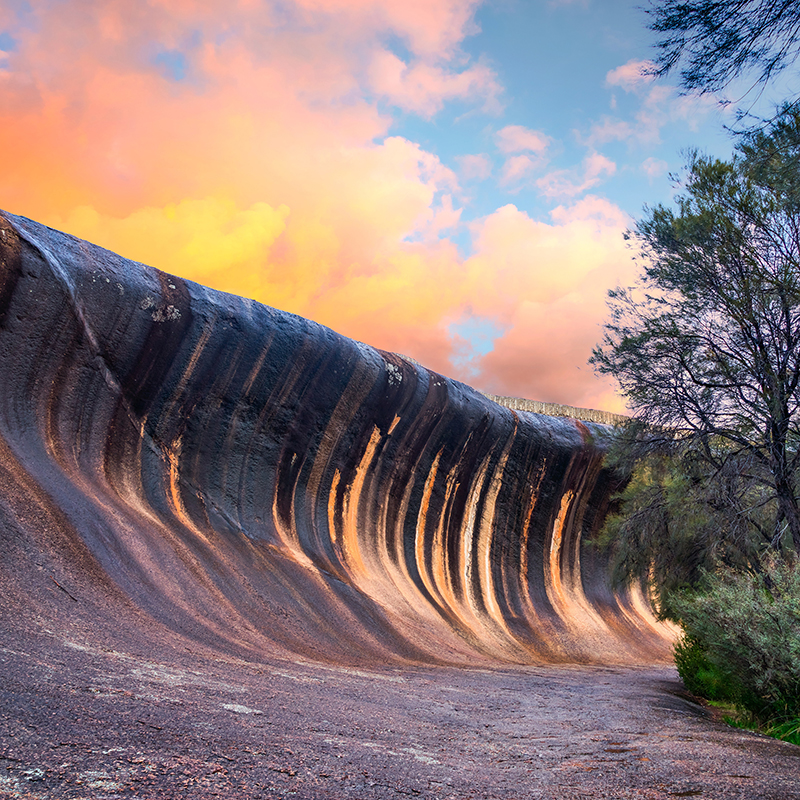
Photographed by bmphotographer. Image via Shutterstock.
Wave Rock at Hyden
We keep saying that the best stargazing can be found in the most remote regions of Australia, and this iconic spot in secluded Hyden is no exception. One of the most iconic rock formations in Australia provides the perfect backdrop for some of the best stargazing locations Western Australia has to offer. There’s very little light pollution, so the sky lights up every night with some of the most beautiful views in Australia. This is what makes Wave Rock one of our top recommendations for a starry road trip.
Best Stargazing Spots in the Northern Territory:
Uluru
For a bucket list travel experience, check out the stunning starscape above one of Australia’s most recognizable landmarks. Ayers Rock, or Uluru, is so far out in the red centre that there is no artificial light to interrupt your stargazing. Ayers Rock Resort recommends taking a guided tour to learn about some of the wonderful Indigenous stories of the stars. Learn about the great emu in the sky and see everything from Magellanic clouds to the iconic Southern Cross constellation.
Best Stargazing Spots in Queensland:
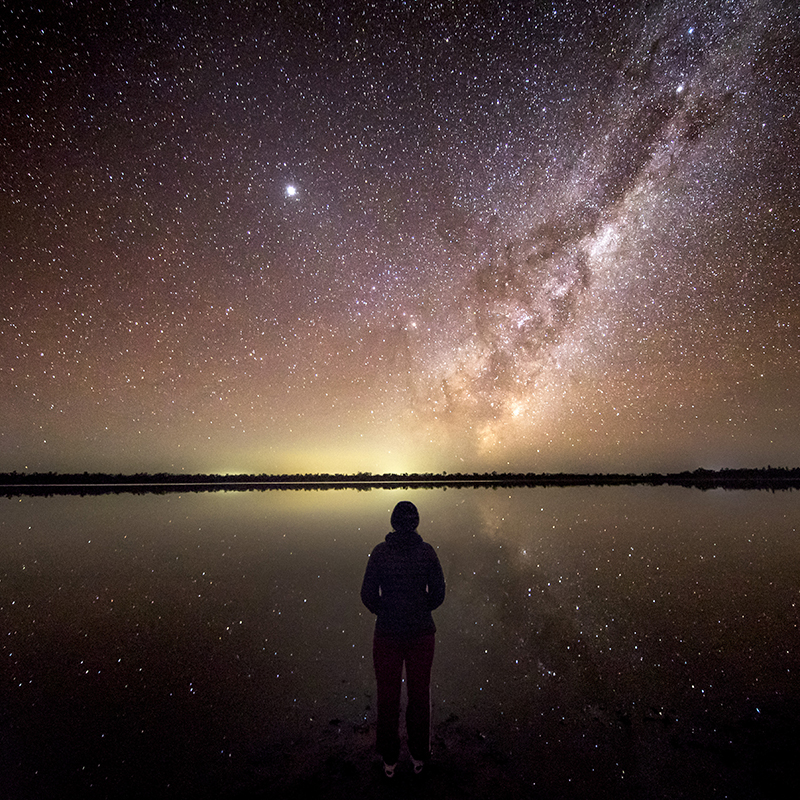
Photographed by Sean Scott. Image via Tourism and Events Queensland.
Carlo Sandblow
Carlo Sandblow at Rainbow Beach is a scenic getaway perfect for soaking up the beauty of the night sky. The Sandblow is an easy 600-metre walk from the carpark off Cooloola Drive, and the sandscape makes a dramatic setting in the starlight. You’ll have a wonderful view of the stars because there isn’t much light pollution here. Plus, if you happen to hang around until sunrise, you’ll be treated with magical views of Double Island and Fraser Island. Date night sorted.
Charleville
The more remote you go, the less light pollution from big cities will hinder your stargazing experience. A perfect Queensland location for viewing the stars is the Cosmos Centre in Charleville. The centre has everything you need to witness nebulae, stars, clusters and sometimes even the planets of our solar system. Take a self-guided tour, or check out the small and personal tour option where a guide will help you use a state-of-the-art telescope to explore the night sky.
Mount Coot-tha
Brisbane locals will already be familiar with the iconic Mount Coot-tha on the edge of the city. But while the eastern side of the mountain provides a great vantage point to view the buzzing inner-city, the western side of Mount Coot-tha blocks a lot of Brisbane’s light and is perfect for stargazing. Why not pack a picnic and make a special trip to Mount Coot-tha at night? You’ll also find the Sir Thomas Planetarium nearby in the Brisbane Botanical Gardens. The planetarium is known for its 12.5-metre-diameter Cosmic Skydome, perfect if you want to get up close and personal with the stars…
Winton
Just outside of Winton is the Jump-Up, an ancient mesa plateau which has been certified as a Dark Sky Site. It’s free of light pollution and perfect for admiring the thousands of stars visible to the naked eye. This remote location provides unobstructed views of the surrounding Channel Country by day, and surreal views of the sky by night. Or, for something prehistoric, Winton is also home to the Australian Age of Dinosaurs Museum if you want to check out the largest collection of Australian dinosaur fossils.
If you’re planning a self-guided astro-tour, try downloading an app with a map of the stars. Simply point your phone at the sky and find out the names of stars, constellations and planets. Two handy ones are Sky Map (Android) and Star Walk (iPhone).
For more scenic travel inspiration, check out these 12 Most Beautiful and Scenic Train Rides in the World. Or, why not frolic your way through the 12 Best Lavender Farms around Australia.
We acknowledge the traditional owners of country throughout Australia and recognise their continuing connection to land, waters and culture. We pay our respects to their elders past, present and emerging.

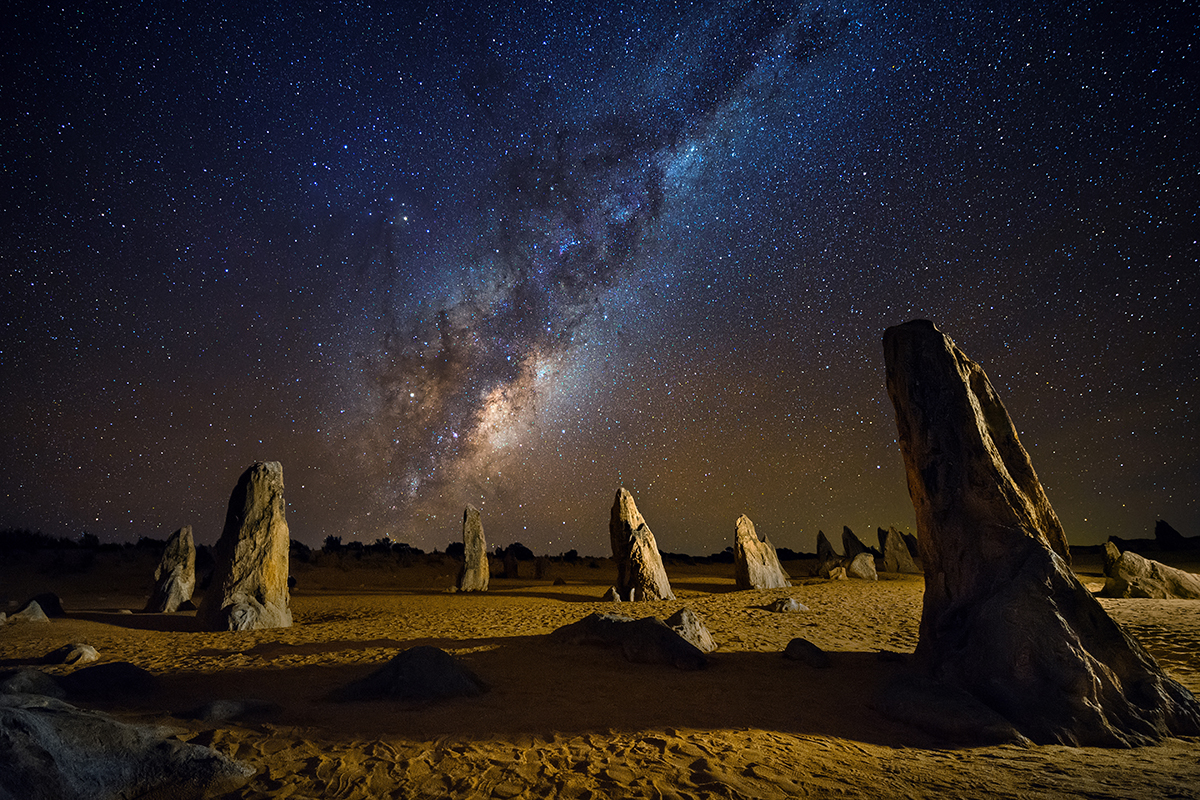
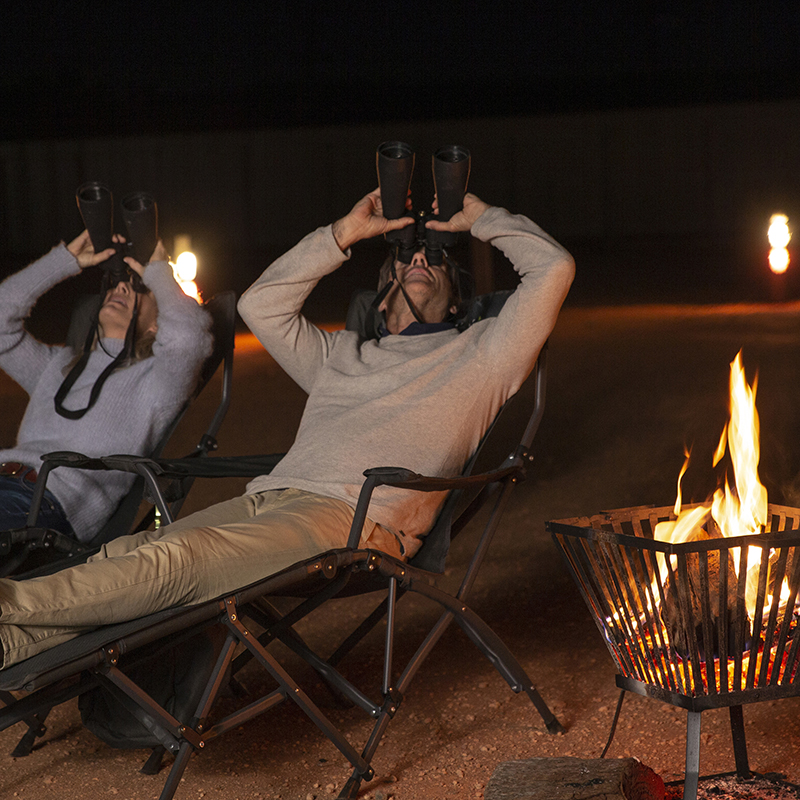
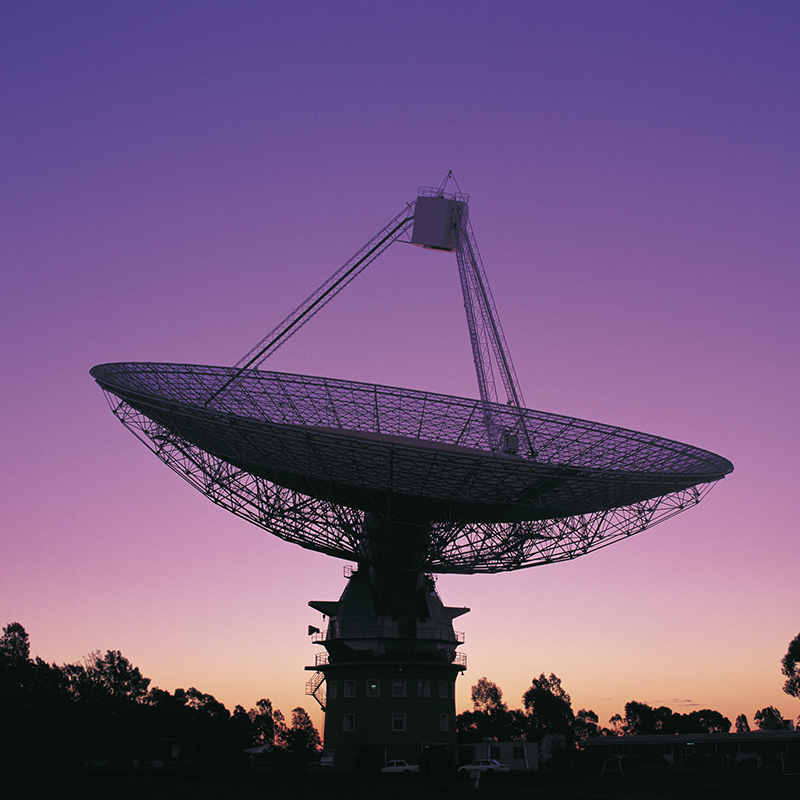
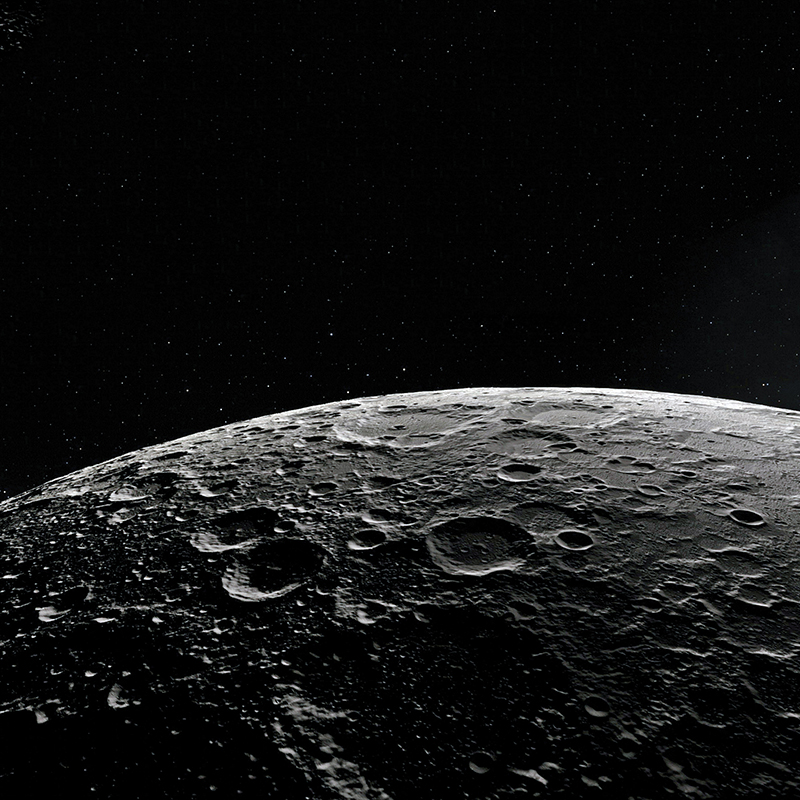
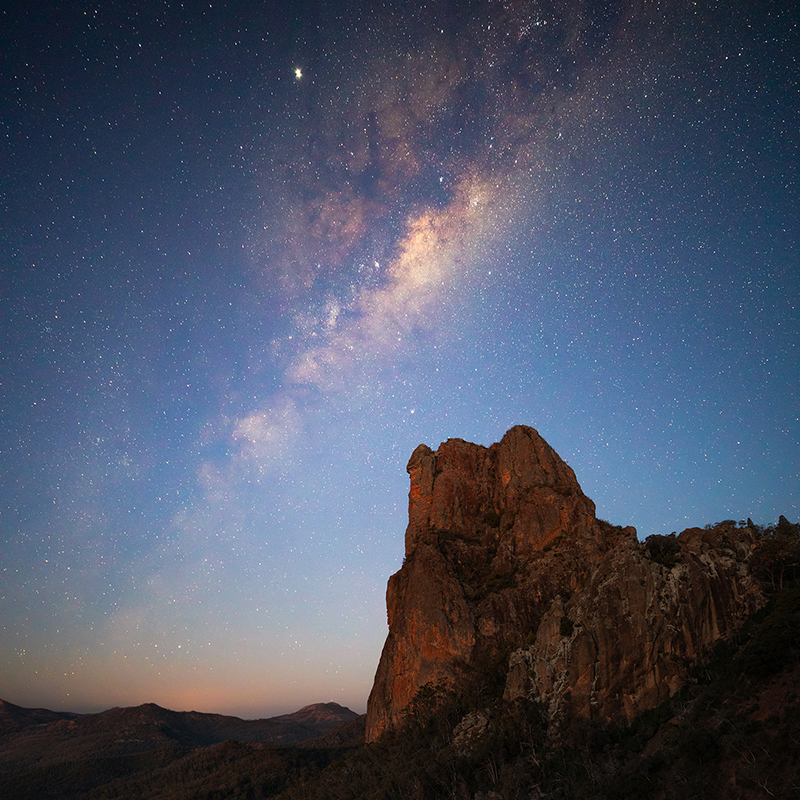
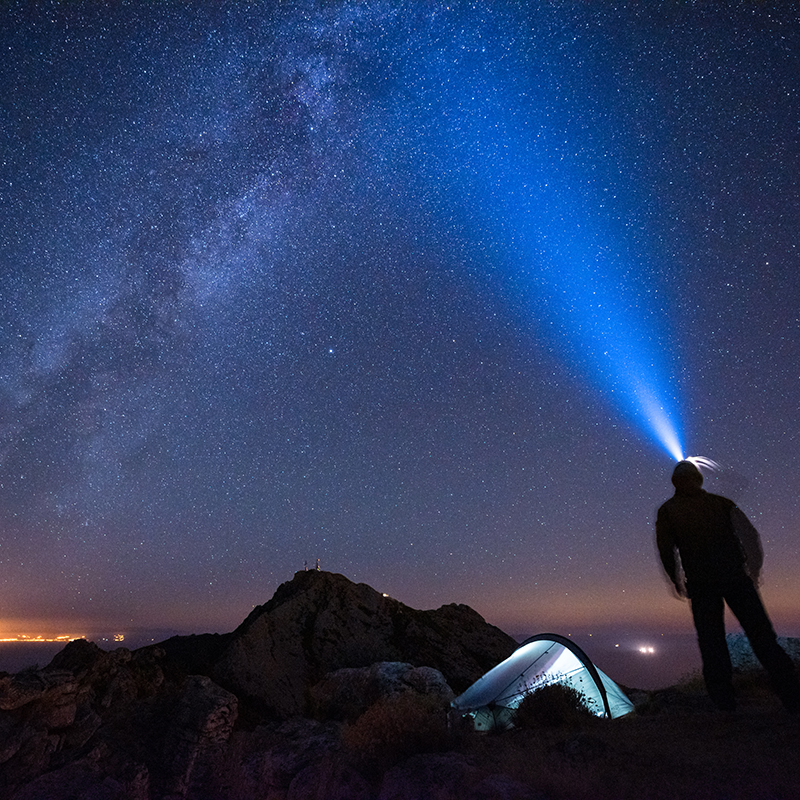
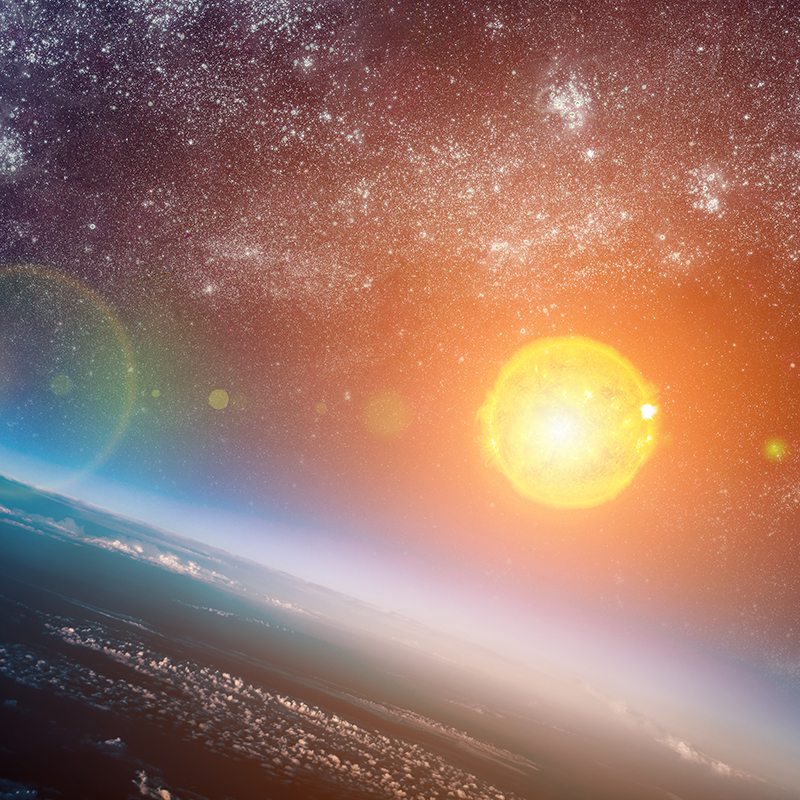
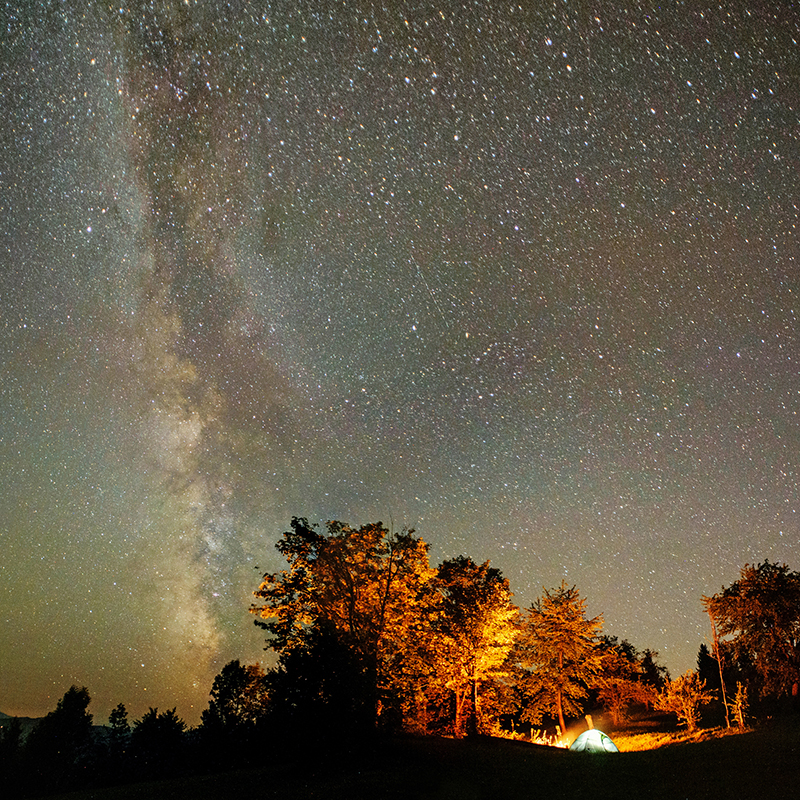
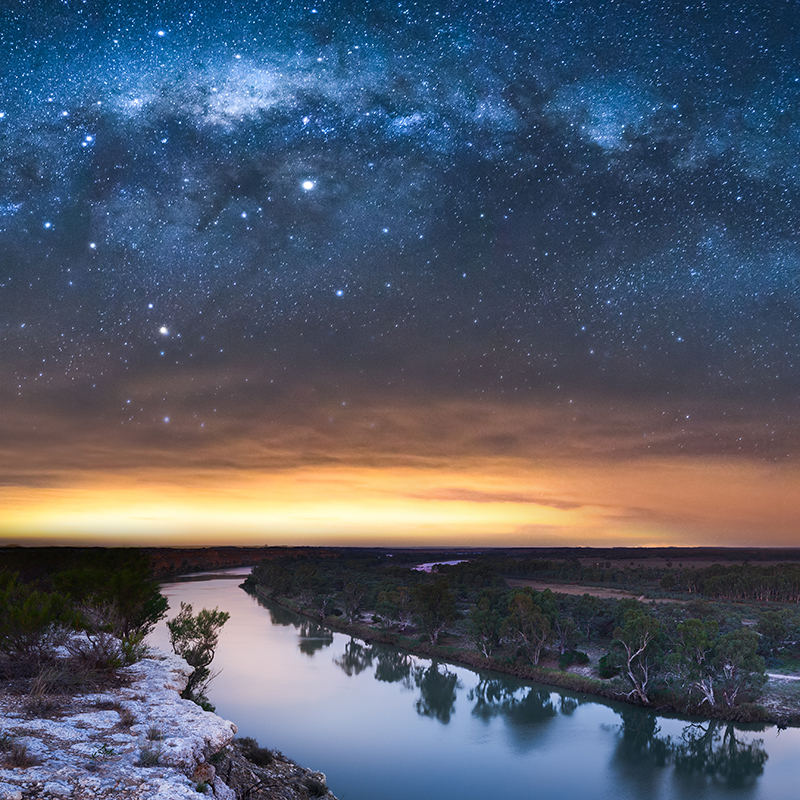
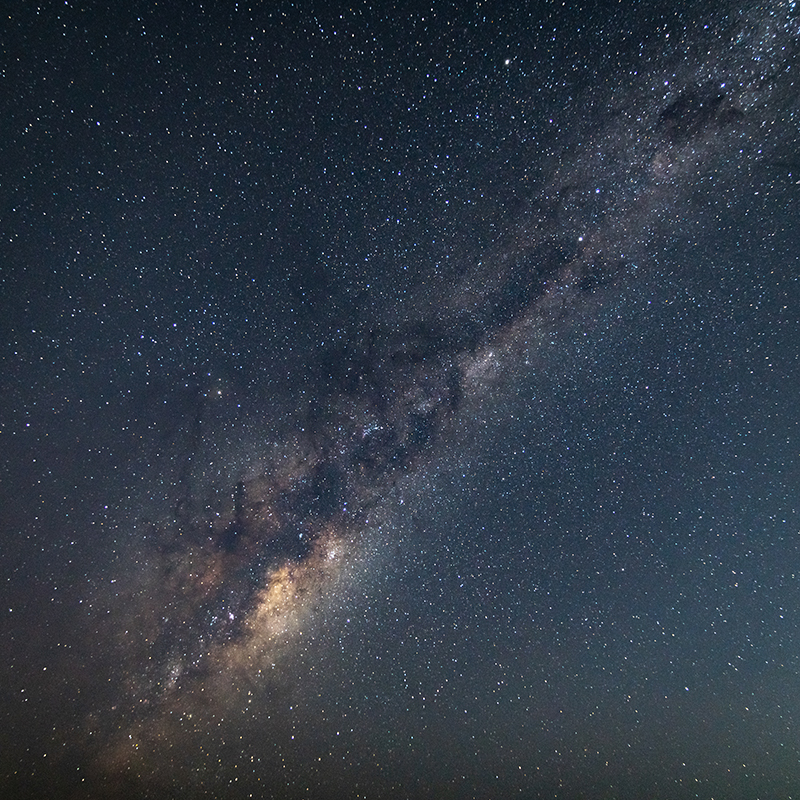
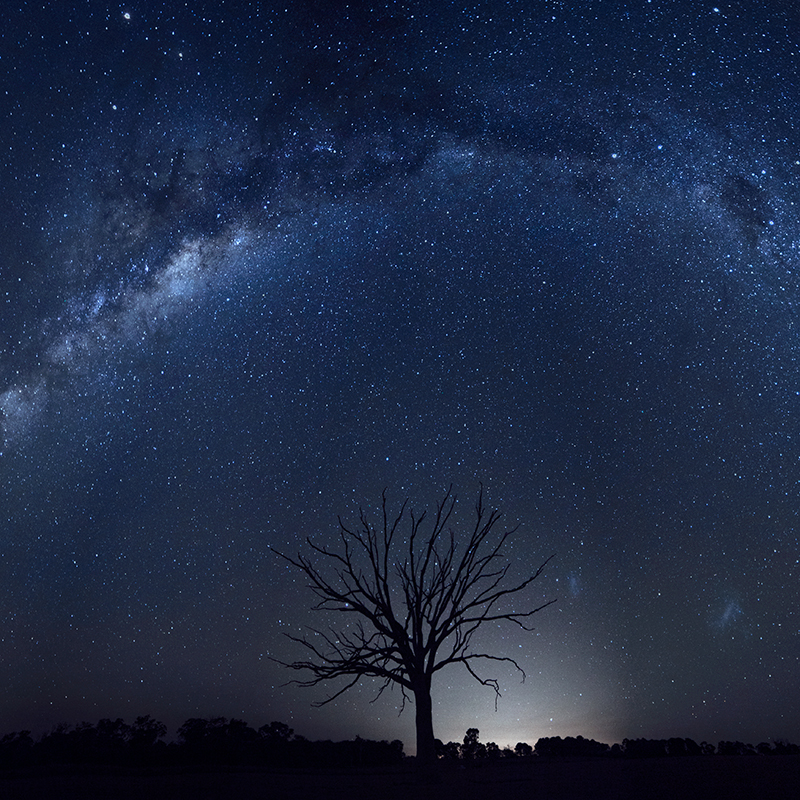
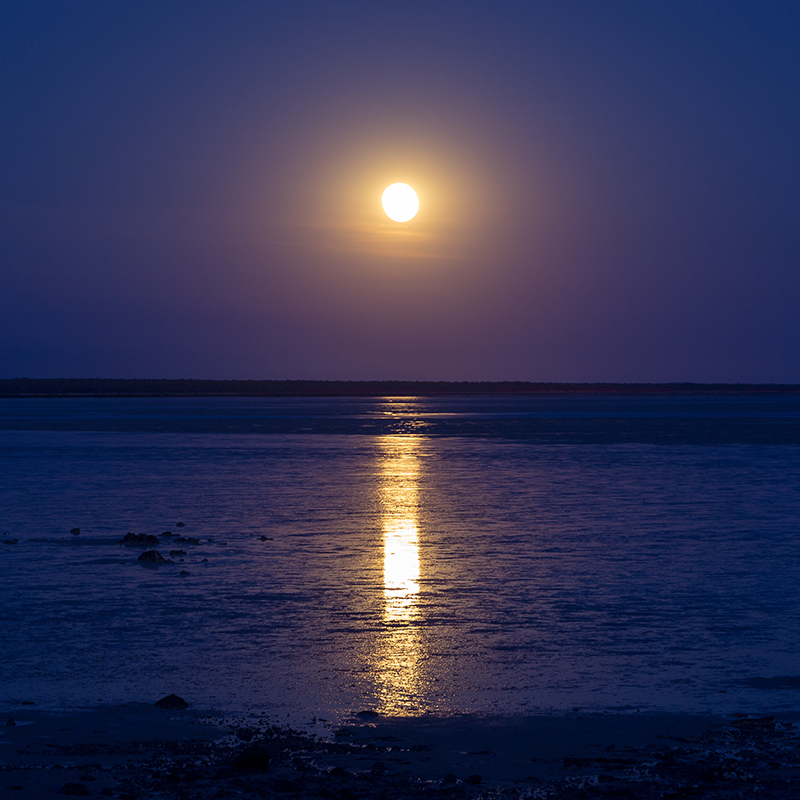
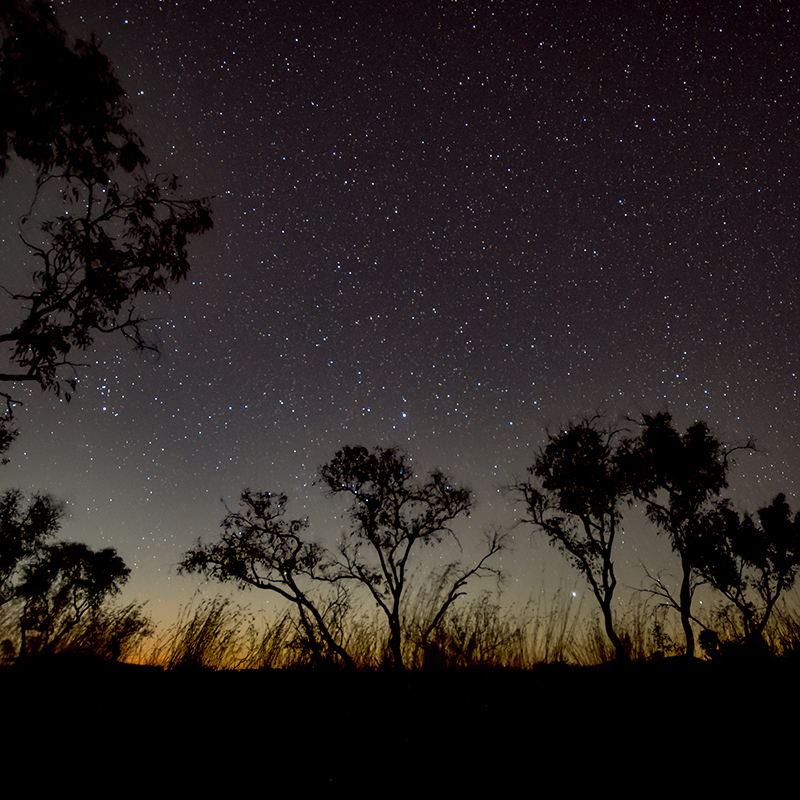
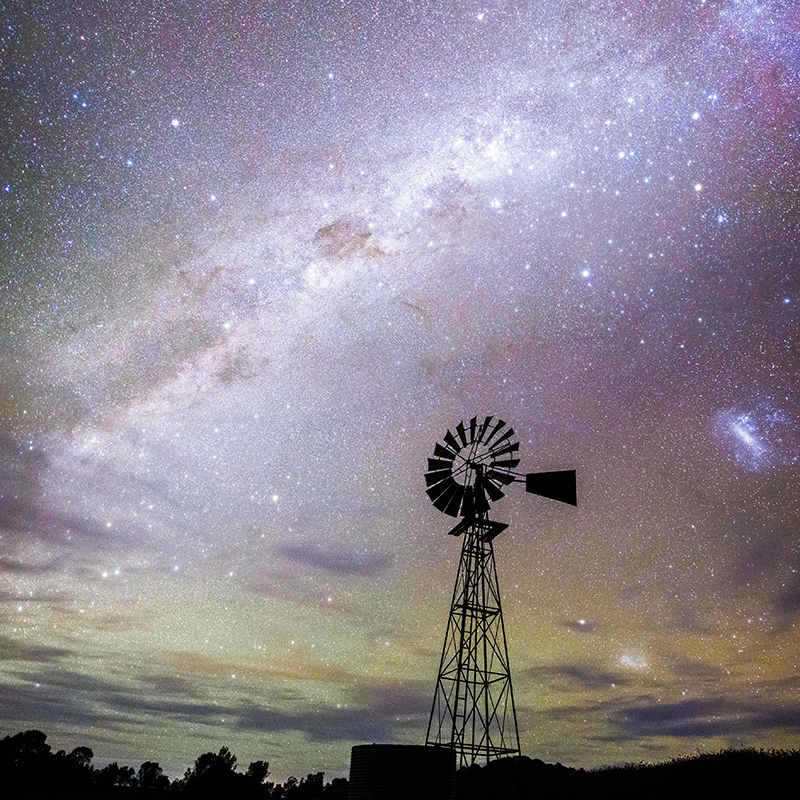
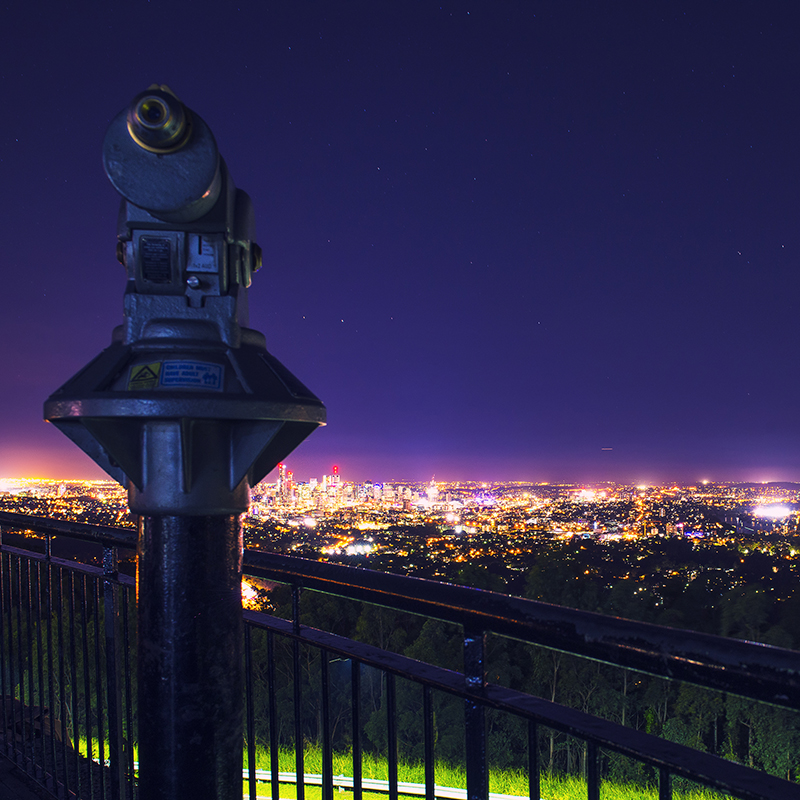
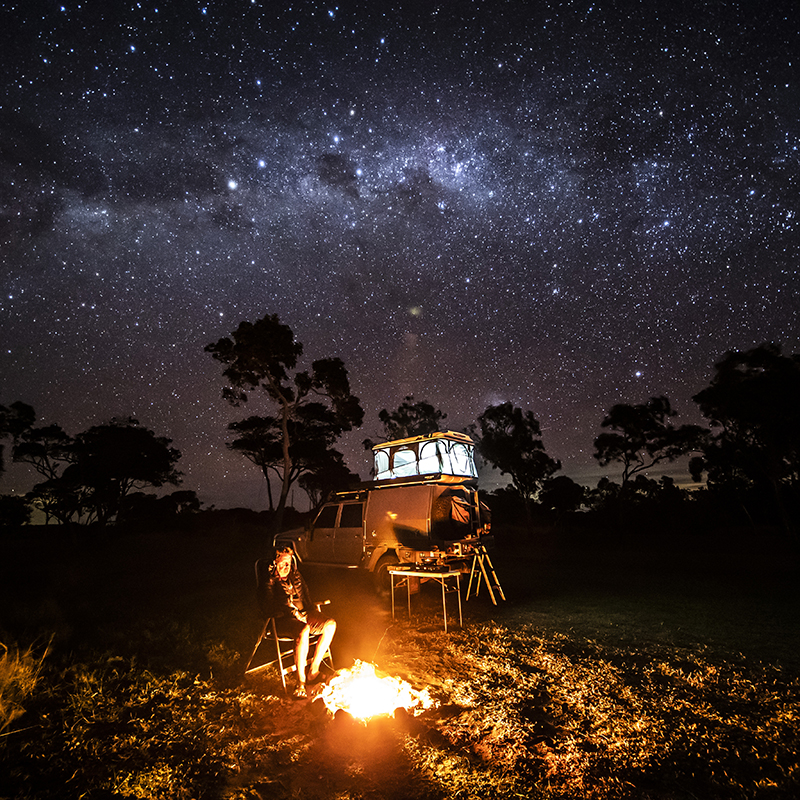

For a dose of astro-tourism, these dark sky destinations in Australia are the perfect places for stargazing in 2025!
There’s no denying that Australia is home to some of the best places to stargaze in the world.
From Aristotle to Galileo, the night sky has fascinated humans for thousands of years. Every night, nature puts on a breathtaking, twinkling show for us with stars, nebulae and planets gleaming across the night sky.